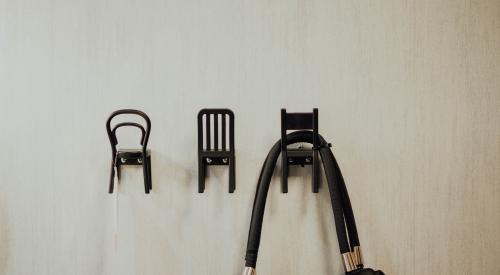Crowdfunding a down payment to purchase a home has been gaining popularity, with many homebuyer hopefuls asking for assistance instead of milestone gifts for weddings, birthdays, and graduation.
Danielle Hale, chief economist at Realtor.com, says, “We know that desire for homeownership is high,” adding, “and anything that helps young people achieve that dream in a healthy and sustainable way is likely to catch on.” Yet, even when homebuyers reach their fundraising goals, they aren't guaranteed financing by lenders. Daniela Andreevska, marketing director at real estate data analytics tool Mashvisor, tells CityLab that borrowers who crowdfund raise red flags to lenders, “After all, they don't seem to have a stable source of income which allows them to save up enough for a down payment on their own.”
Real estate broker Beth Butler recognized the challenges aspiring homeowners face in 2013, when she founded Feather the Nest with the goal of helping users crowdfund for various projects, like a kitchen renovation. Quickly, many of the site’s campaign “nests” were for down payment fundraising missions.
Feather the Nest isn’t associated with a specific mortgage lender, so site users have freedom to decide where to seek a loan. Users do not have to set and reach a specific financial goal in order to access the funds, though Feather the Nest takes a 5 percent cut on every donation. GoFundMe and Honeyfund are free to use, however both platforms charge a nearly 3 percent payment processing fee, plus $0.30 per donation; since the services aren’t explicitly for down payment crowdfunding, users are on their own when it comes to mortgage lenders. HomeFundIt does not charge transaction fees.













